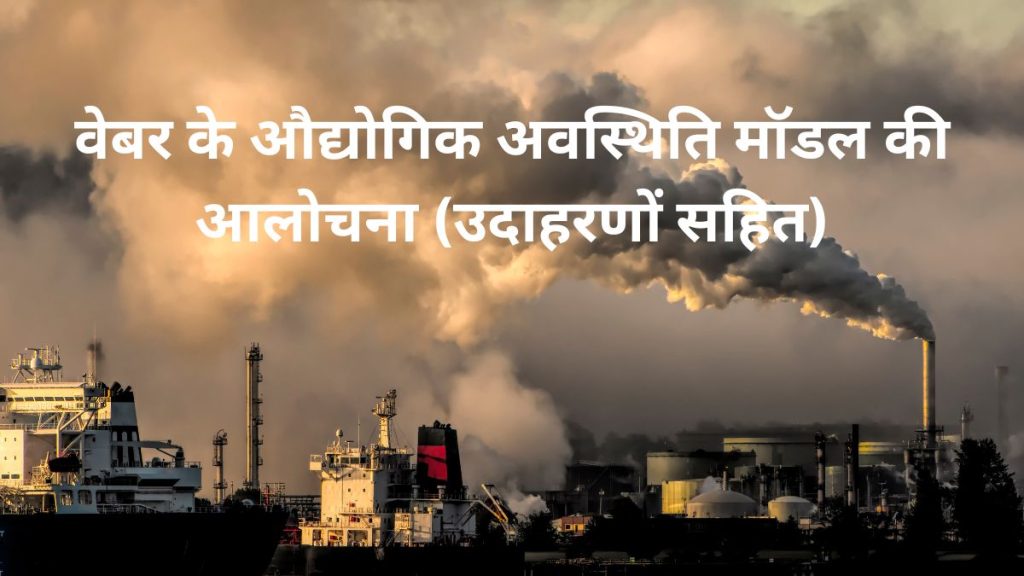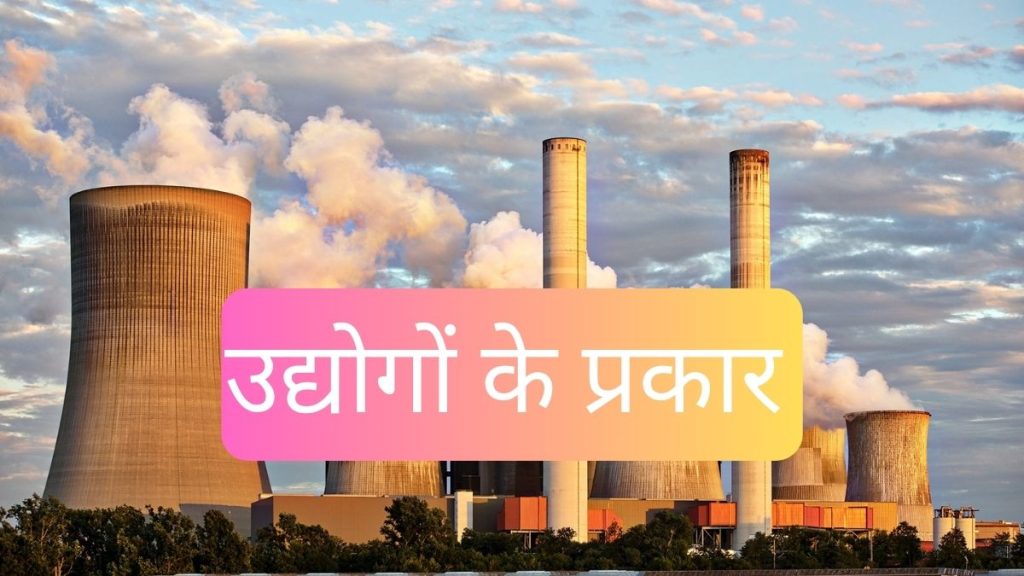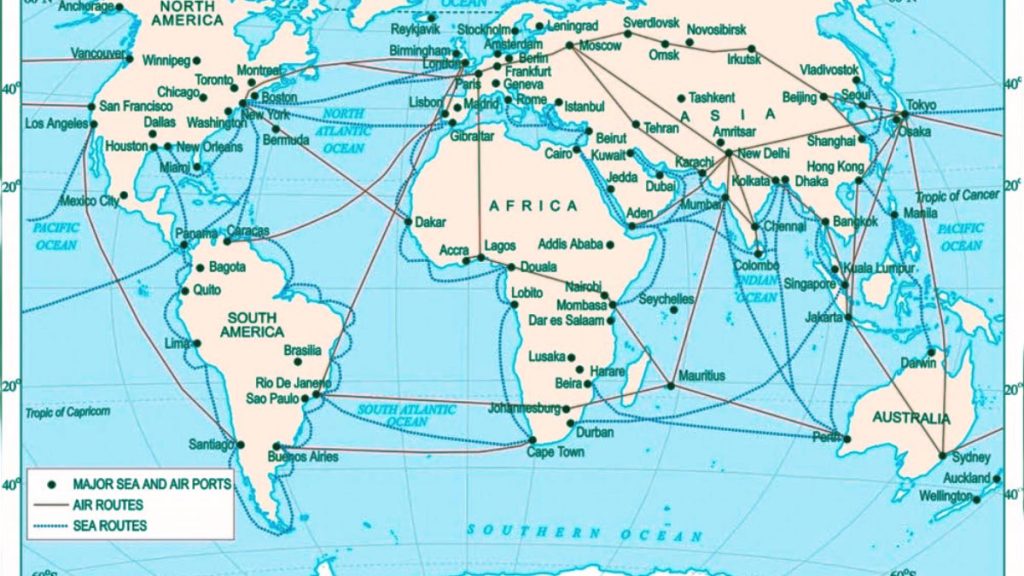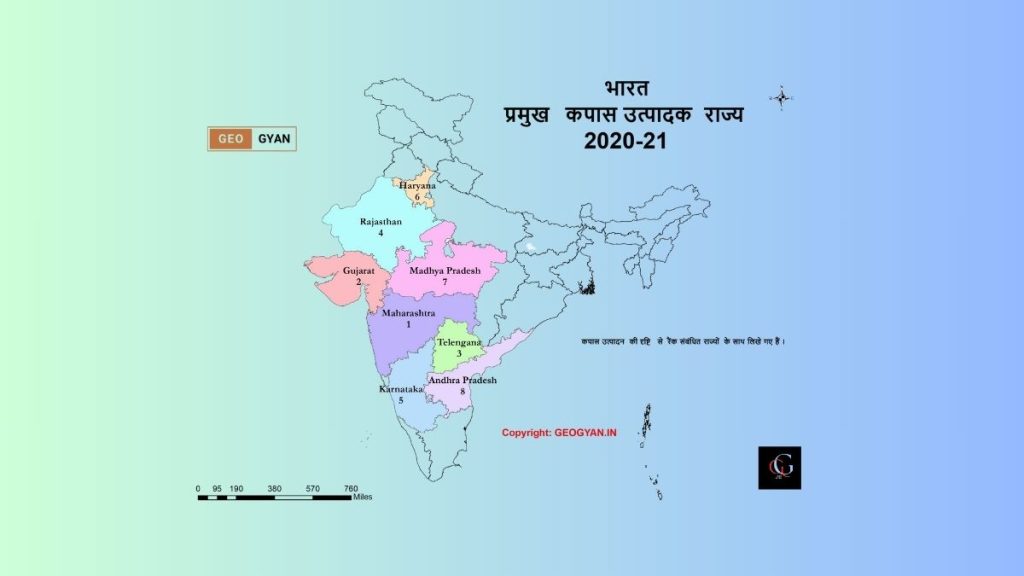वेबर के औद्योगिक अवस्थिति मॉडल की आलोचना (उदाहरणों सहित) | Criticism of Weber’s industrial location model

इस लेख में आप वेबर के औद्योगिक अवस्थिति मॉडल की आलोचना (Criticism of Weber’s industrial location model) को उदाहरणों सहित विस्तार से जानेंगे।
अल्फ्रेड वेबर का औद्योगिक अवस्थिति सिद्धान्त (Alfred Weber’s Theory of Industrial Location)

इस लेख में आप अल्फ्रेड वेबर का औद्योगिक अवस्थिति सिद्धान्त (Alfred Weber’s Theory of Industrial Location) के बारे में विस्तार से जानेंगे
प्राकृतिक संसाधनों का वर्गीकरण (Classification of Natural Resources)

इस लेख में आप विभिन्न आधारों पर प्राकृतिक संसाधनों के वर्गीकरण (Classification of Natural Resources) से परिचित होंगे।
उद्योगों की स्थिति को प्रभावित करने वाले कारक (Factors Affecting Location of Industries)

हर प्रकार का उद्योग प्रत्येक स्थान पर नहीं लगाए जा सकता। क्योंकि उद्योग लगाने से पहले अनेक कारकों; जैसे कच्चे माल की उपलब्धता, ऊर्जा, बाज़ार, पूँजी, यातायात और श्रम इत्यादि की उपलब्धता को देखना पड़ता है। हम जानते हैं कि उपरोक्त बताए गए कारकों का महत्त्व समय, स्थान और हालात के अनुसार बदलता रहता है।
उद्योगों के प्रकार (Types of Industries)

कच्चे और अर्ध-निर्मित माल को मशीनों की सहायता से उपयोगी एवं मूल्यवान माल में बदलने वाले उद्योग विनिर्माण उद्योग कहलाते हैं। कृषि, वानिकी, मत्स्यन, खनन और पशुपालन इत्यादि प्राथमिक व्यवसायों से प्राप्त पदार्थों में से बहुत कम का ही उपयोग प्रत्यक्ष रूप से किया जा सकता है।
संयोजकता एवं इसकी माप (Connectivity and its Measurement)

Enhance your understanding of connectivity and measurement in transport geography with our comprehensive guide. Explore the intricate relationship between transportation networks and geographic analysis. Unlock valuable insights for optimizing transportation systems and improving regional connectivity. Dive into the world of transport geography today!
पनामा नहर (Panama Canal)

The Panama Canal is an engineering marvel that connects the Atlantic and Pacific Oceans, spanning 50 miles through the Isthmus of Panama. This man-made wonder has been in operation for over 100 years, revolutionizing global shipping and trade. Discover its history, construction, and impact on international commerce.
स्वेज नहर (Suez Canal)

The Suez Canal is one of the world’s most important waterways, linking the Mediterranean Sea to the Red Sea and providing a vital shortcut for international trade. Its history spans over a century and a half, and its significance has only grown in recent times. In this blog post, we will explore the Suez Canal’s origins, its role in global trade, and its future prospects.
विश्व के प्रमुख महासागरीय मार्ग (Major Oceanic Routes of the World)

The world’s major oceanic routes play a crucial role in connecting countries and driving the global economy. These vast waterways are essential for the transportation of goods, energy, and people, with thousands of ships crossing them every day. The routes vary in size, complexity, and traffic, from the well-traveled shipping lanes of the North Atlantic to the remote and challenging passages of the Southern Ocean.
परिवहन लागत (Transport Cost)

Transport costs are very important for economic activities and international trade. Studies show that if transport costs increase by 10%, trade volumes can decrease by more than 20%. The general quality of transport infrastructure can account for half of the variation in transport costs. In a competitive environment where transportation is a service that can be bid on, transport costs are influenced by the respective rates of transport companies, the portion of the transport costs charged to users.
अंतर्राष्ट्रीय व्यापार के मुख्य लक्षण/विशेषताएँ (Main Features of International Trade)

According to the World Trade Organization, in 2020, the top ten countries accounted for over 60% of global trade in merchandise. The top five countries, including China, the United States, Germany, Japan, and the Netherlands, accounted for over 40% of global trade.
भारत में गन्ने का उत्पादन एवं वितरण(Production and Distribution of Sugarcane in India)

The period between 1950-51 to 2020-21 has seen a significant increase in the area, production and productivity of sugarcane. During this period, the area under sugarcane cultivation almost tripled, the production almost 7 times and the productivity per hectare almost 2.5 times.
भारत में कपास का उत्पादन एवं वितरण (Production and Distribution of Cotton in India)

About 80 percent of cotton is used in apparel (fabrics), 15 percent in household goods, and the remaining 5 percent for non-woven applications such as filters and padding.
World Cotton Day (WCD) is observed on 7 October and the day represents an opportunity to promote cotton, share knowledge and showcase cotton related activities and products.
भारत में गेंहूँ का उत्पादन एवं वितरण (Production and Distribution of Wheat in India)

India ranks second in the production of wheat after China. India produces about 12.5% wheat of the world. Wheat is the staple food of the people living in the north-western parts of the country.
भारत में चावल का उत्पादन एवं वितरण (Production and Distribution of Rice in India)

Rice stands as India’s most significant staple crop, upon which over half of the country’s population relies. Following China, India holds the position of the world’s largest producer of rice, with a staggering one-fourth of the global production occurring in the country. As per the 2020-21 data, rice cultivation covered a vast expanse of 45.07 million hectares of land, predominantly in areas that receive an average annual rainfall of 150 cm, where it constitutes a staple diet for the locals.
